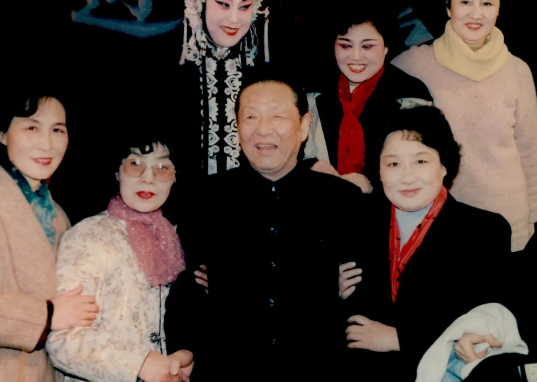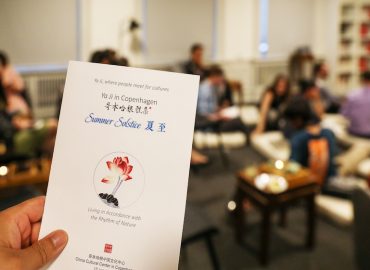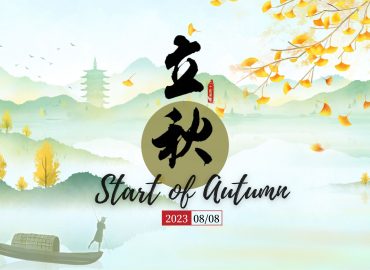
The China Cultural Center in Copenhagen, in collaboration with the Xi’an Culture and Tourism Bureau, launches the series of “Thousand Years Ancient Capital Chang’an – Shaanxi Opera”. There will be four series. The first series will be launched today, which introduces Shaanxi opera and urban culture and tourism – looking at history from a troupe and enjoying the climax from the performance.
Looking at History from a Troupe
In the ancient city of Xi’an lies such an opera troupe, which was founded in 1895. It was renamed twice, and relocated three times. In addition, a great many classic operas are adapted, such as The Orphan of Zhao, Civet Cat for Prince, Huoyanju which describes the treacherous struggle among the Li Family and the Huang Family, The Woodcutter and His Brother, and it produced a number of famous opera singers, such as Su Zhemin, Su Yumin, Su Ruie, Wang Fusheng and Xiao Lingyu. It is a prominent troupe in the wind and rain of a hundred years of Qinqiang Opera, and the backbone of the prosperity and development of the Opera. It is Sanyi Opera Troupe.


In the past over one hundred years, Sanyi Opera Troupe has been transformed from a folk club into a famous troupe with an important position in the history of drama. It has a profound foundation among the people and its excellent plays are popular with opera fans. The number of the performers in the Troupe at present reached more than 130 and it produced the winners of the Highest Plum Blossom Award for contemporary Chinese drama and opera performance, Hou Hongqin and Zhang Tao. They are an important artistic treasure house and precious wealth in the history of the development of Qinqiang Opera.


Enjoying the Climax from the Performance
If civilization is the shadow lying in history, then culture is the element contained in it. Those years passing away in the deposition of civilization are welcomed and sent to by the sun, moon, wind, rain and snow. The city, as the carrier of civilization and culture, not only preserves the ruins of the past, but also stores the code of explaining civilization.

The story in Qinqiang contains past events in the ruins of history. In Grand Tang Mall, a piece of drama dance indicates the love between Emperor Tang Xuanzong and Lady Yang Yuhuan. In the ruins of Daming Palace, a section of reading and singing shows Wu Zetian ruled the country. In the Ming City Wall, Liang Hongyu dressed in military uniform, lamented the rise and fall of the great Song Dynasty.

Listening to the singing and enjoying the scenery, through the years, if you can touch blue bricks, tablets, pavilions, stone niche, you can find Chang’an; after seeing snow, rain, food, and the scenery at night in the city, you can meet Chang’an. Wherever you are, you will find Chang’an should be poetic.
Qinqiang and China-Denmark Cultural Exchange







Follow us :
Web : www.ccccph.org
Facebook: www.facebook.com/ccccph
Instagram: www.instagram.com/chinaculturalcentercph
Youtube:哥本哈根中国文化中心
Twitter: @ccc_copenhagen
TikTok: @ccc_copenhagen




